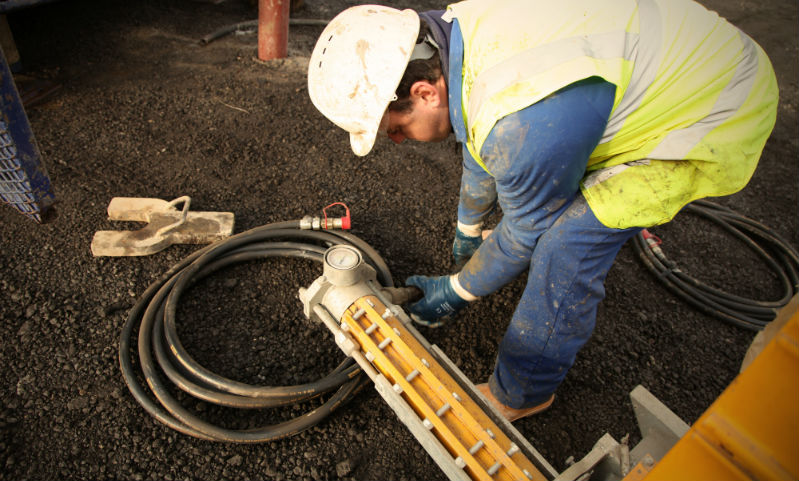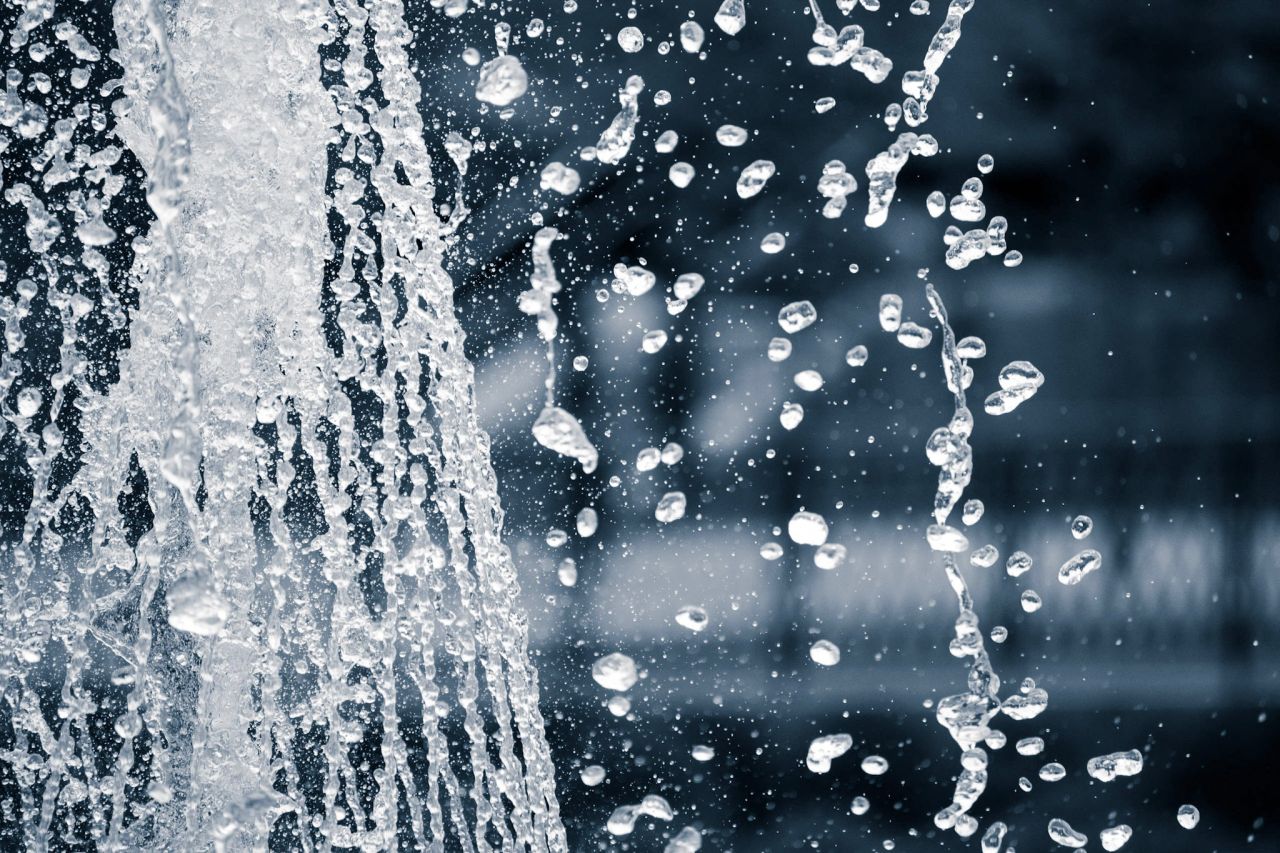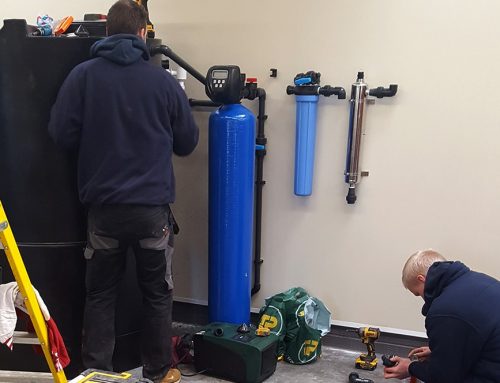From time to time water wells might fail to produce the quantity or the quality of water they were once capable of; rather than abandon the well and incur the cost of a new one being drilled they can often be rehabilitated.
Our experienced engineering team have worked on a number of water well / borehole rehabilitation projects so often have a firm idea prior to any testing of what could be causing the problem and what will be the most economical route to take to bring the borehole back into optimum condition.
N.B. In some cases the well might not be clogged at all and simply the water table has dropped, meaning the solution is to drill deeper or drill an additional borehole to spread the load of abstraction across two, or in some cases, more boreholes.

Our skilled engineers have worked on numerous borehole rehabilitation projects.
What can cause a water well to need remediation?
- Rusty slime on pipes
- Cloudy, rusty or dirty water
- Iron build up on pumps
- Deposits of distinct white powder or limescale
- Reduced flow of water / borehole yield
- Clogging of perforated / slotted casing over time with sediment or mineral deposits
- Clogging of fissures, pore spaces and crack in the natural aquifer from sediment or mineral deposit
- In some wells or boreholes which may have been badly constructed the well may have collapsed
All of the above reduce the level of water the borehole is able to produce as they are effectively clogging the well.
Sadly one of the main reasons for a well deteriorating is due to a lack of care and attention, as we discussed in our borehole maintenance post; prevention is much cheaper than the cure and regular checks can prevent many of the problems associated with a plugged water well.
What is the aim of well rehabilitation?
The aim of any well rehabilitation project is to reclaim existing wells as opposed to simply abandoning them to drill a new one.
This is often the most economic choice as there’s a cost involved of finding a new location, drilling and testing as well as the logistics of powering a pump and getting water to its required point of use.
It’s worth remembering that a well was put in a particular spot for a good hydrogeological and pragmatic reason and in a lot of cases it makes much more sense to try rehabilitating a well than to drill a new one.
Not only that, regular maintenance or remediation can improve the original yield and drawdown conditions as well as making the well more energy efficient especially with the additional introduction of modern technologies.
Can I be sure well rehabilitation will work?
Well rehabilitation is never guaranteed and it’s up to us to use our experience and various testing to see if remediation measures will be successful. We will always give you our best recommendations based on our experience.
This is where our borehole CCTV service can come in very useful as we can spot any other underlying problems that could be affecting borehole yield.
What methods are used to rehabilitate a well?
Well rehabilitation is typically done using either:
a.) Chemical techniques i.e. using various types of chemical to dissolve the encrusting materials so they can be removed from the well.
b.) Physical techniques such as high pressure jetting to displace anything clogging the well.
In most cases a combination of these methods will be used to rehabilitate the well properly.
Whereby the chemicals dissolve and loosen the deposits which are then safely pumped or flushed away using a range of techniques listed below.
Types of Chemicals Used for Rehabilitation
- Chlorine
- Caustic soda
- Acids
- Muriatic, Sulfamic, Hydroxyacetic, Oxalic, Citric
- Quaternary ammonium and organically available chlorine
- Hydrogen peroxide
- Caustics
- Polyphosphates
Physical Methods
- Surge pumping and backwashing
- Explosives
- Swabbing
- Surge block
- Compressed air surging
- Liquid and gaseous carbon dioxide agitation
- Ultrasonic jetting
- Jetting
When chemical additives are being introduced into a well or borehole it is very important that they are not going to pollute the groundwater long term. This is a contravention of the Water Resources Act and for the owner of the borehole could result in significant expense as the borehole could become unusable and a new borehole may have to be drilled. In serious circumstances the underlying aquifer may be completely contaminated making it unusable.
If well rehabilitation is a success you can save money, restore lost capacity, increase the life expectancy of the pump, improve overall water quality, and extend the life expectancy of the well.
If your private water well is showing signs of wear & tear, isn’t producing the quantity of water you require or is suffering quality issues then please contact us for any advice and to discuss the best course of action.



